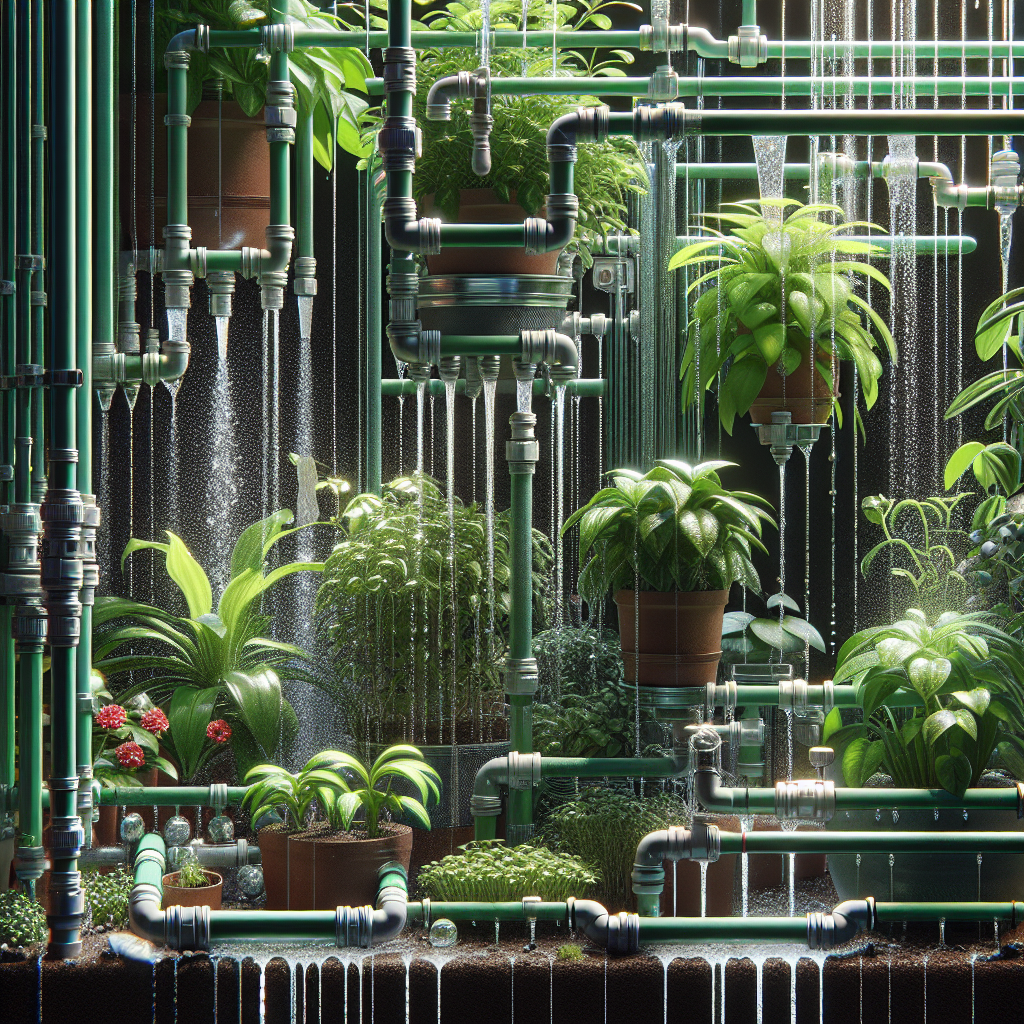Introduction
Plant care is essential for keeping your indoor and outdoor plants healthy and thriving. One important aspect of plant care is proper watering techniques. One innovative watering system that has gained popularity in recent years is the slow drip watering system. In this article, we will discuss the benefits of using a slow drip watering system for your plants, how to set one up, and some tips for maintaining it.
Benefits of Slow Drip Watering Systems
Slow drip watering systems have several advantages over traditional watering methods. Firstly, they help to conserve water by delivering a steady stream of water directly to the plant’s roots, reducing evaporation and runoff. This is especially important for plants that are sensitive to overwatering or underwatering.
Secondly, slow drip watering systems promote healthier root growth by ensuring that the plant receives a consistent supply of water. This can help prevent issues such as root rot and nutrient deficiencies.
Additionally, slow drip watering systems are easy to set up and can be customized to suit the needs of different types of plants. They can also be automated using timers or sensors, making it easier to maintain a consistent watering schedule.
Setting Up a Slow Drip Watering System
To set up a slow drip watering system for your plants, you will need some basic supplies including tubing, connectors, emitters, and a source of water. You can find all of these items at your local garden center or hardware store.
Start by attaching the tubing to your water source using connectors or adapters. Next, cut the tubing to the desired length and place it around your plants in a zig-zag pattern. Make sure to position the emitters near the base of each plant so that water is delivered directly to the roots.
Once you have installed the tubing and emitters, turn on the water source to test the system. Adjust the flow rate as needed by modifying the number or size of emitters used.
Maintaining Your Slow Drip Watering System
To keep your slow drip watering system functioning properly, it is important to regularly check for clogs or leaks in the tubing and emitters. You can easily clean out any debris using a small brush or pin.
It is also important to monitor your plants’ moisture levels regularly and adjust the flow rate as needed based on environmental conditions such as temperature and humidity. In general, most plants will require more frequent watering during hot weather or if they are placed in direct sunlight.
Additionally, be sure to regularly inspect the connections between tubing sections to ensure that they are secure and watertight. If you notice any leaks or loose fittings, tighten them immediately to prevent water waste.
Conclusion
In conclusion, using a slow drip watering system for your plants can help promote healthy growth and conserve water at the same time. By setting up a system that delivers a steady stream of water directly to your plants’ roots, you can prevent issues such as overwatering or underwatering while ensuring that your plants receive optimal hydration.
Remember that each plant has unique requirements when it comes to watering, so be sure to monitor their moisture levels regularly and adjust your system accordingly. With proper maintenance and care, a slow drip watering system can be an effective tool for keeping your plants happy and healthy year-round.














